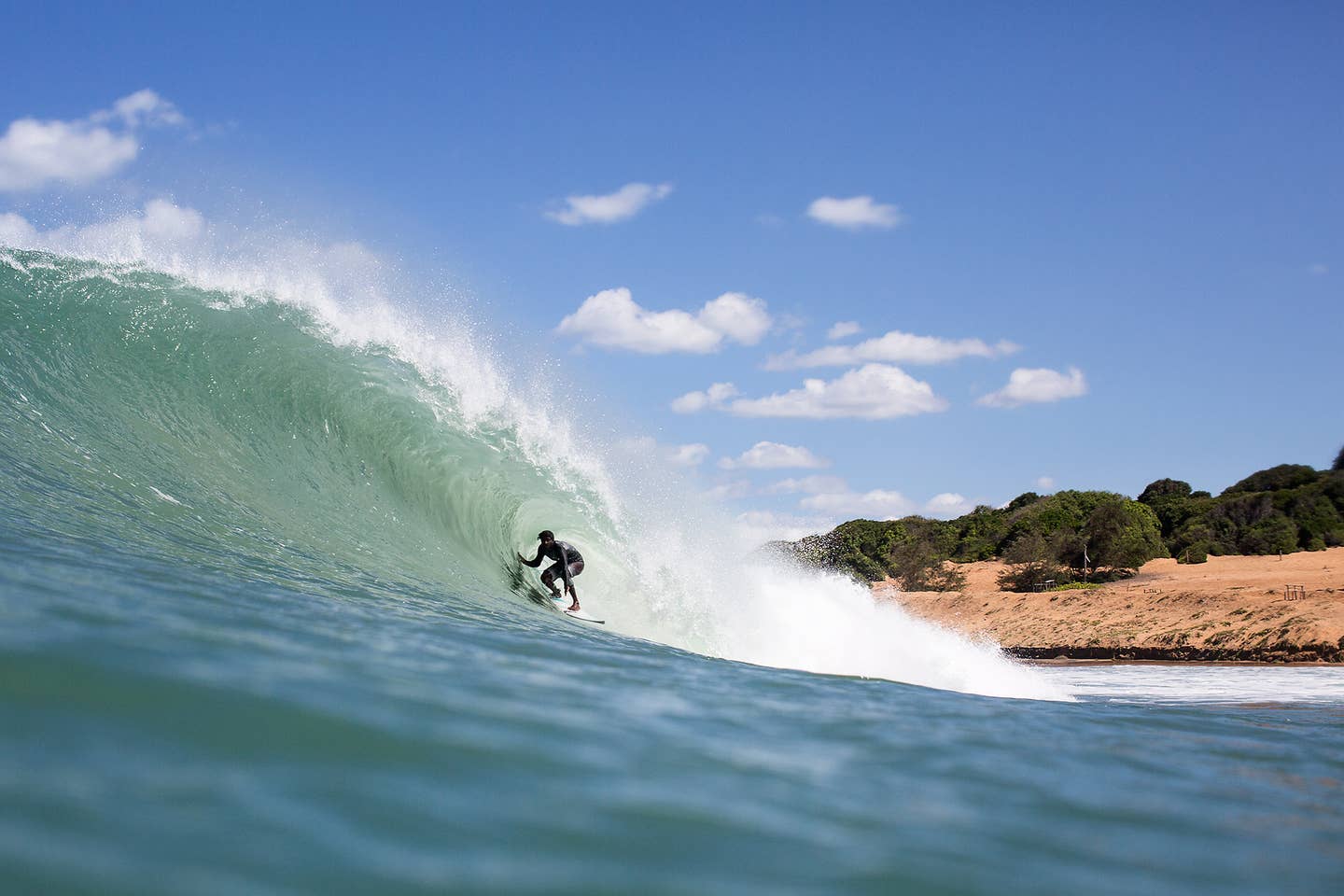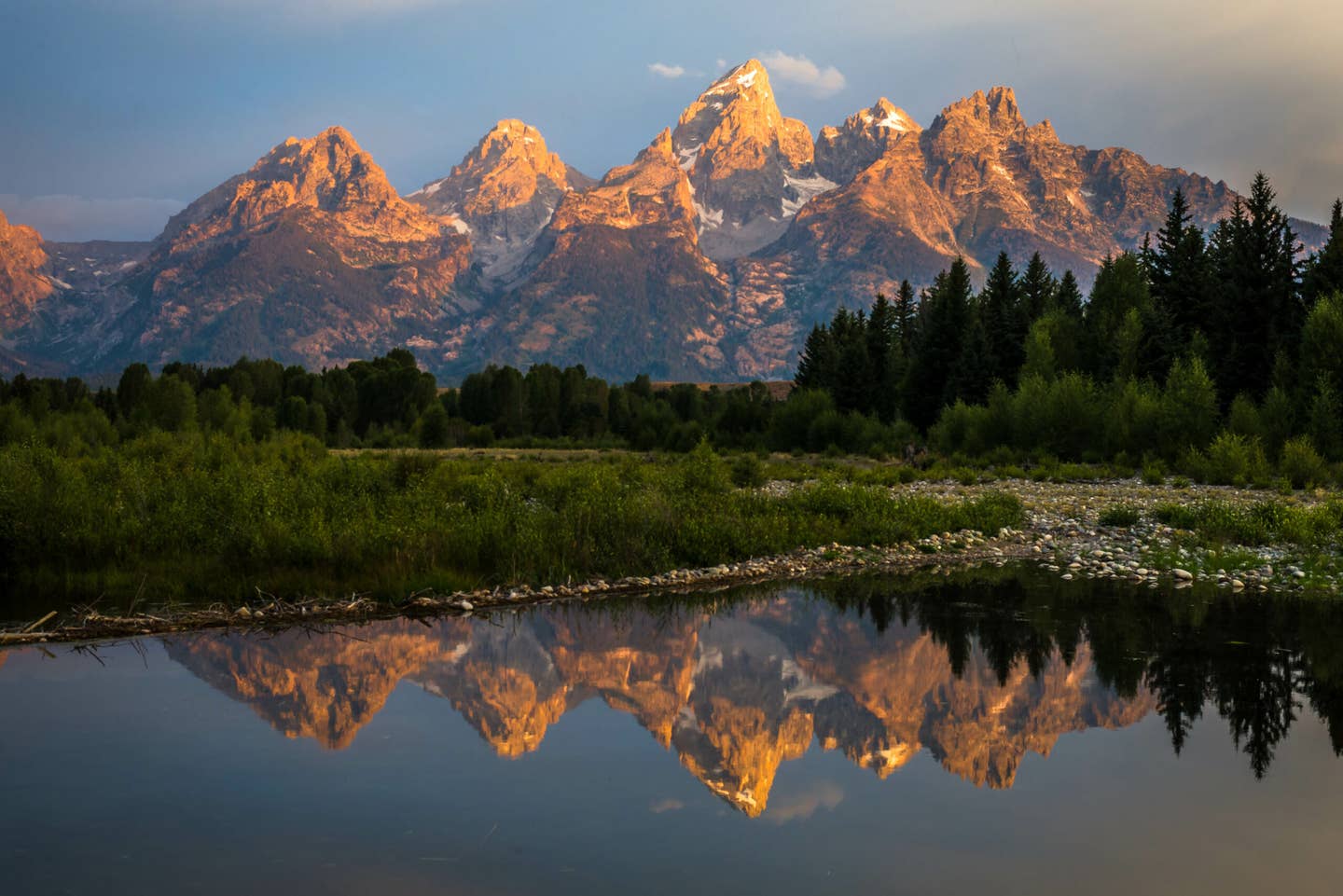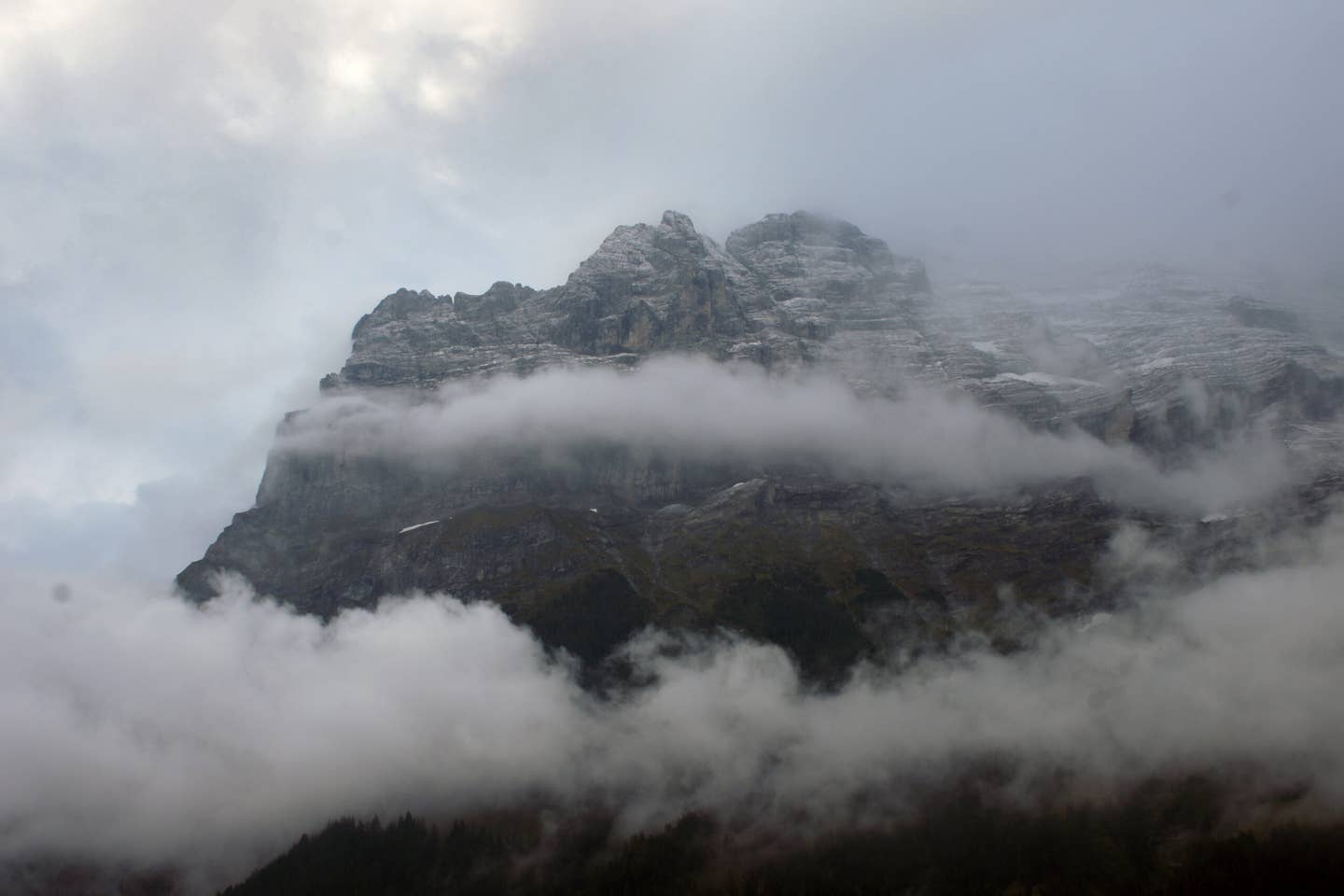

How Does a Bar of Surf Wax Cost Nearly $10 In Sri Lanka?
Popular Stories
 Surf tourism has been a driving economic factor in Sri Lanka - but how has the country's financial crisis affected playing in the water? | Yanik Tissera photo.
Surf tourism has been a driving economic factor in Sri Lanka - but how has the country's financial crisis affected playing in the water? | Yanik Tissera photo.
When I strolled into a surf shop in southern Sri Lanka and saw that a single bar of surf wax was being sold for USD $9 each, I could tell something was seriously wrong. As a quick reference, surf wax goes for $2 in surf shops at home. For the average tourist enjoying the dreamy, tranquil beaches of Sri Lanka, it’s easy to forget that the country is still struggling through the midst of an unprecedented economic and political crisis.
However, for the visiting surfer, the signs of crisis are abundantly clear, most plainly evidenced by the 600 percent markup on a bar of wax that usually goes for a buck-fifty in the States. While all Sri Lankans have felt the effects of the emergency crisis to some degree, it has been hitting the surf community particularly hard.
So, what happened to Sri Lanka to make a basic surf commodity so exorbitantly expensive? And how has the country’s once thriving surf community managed to get through the trying times?
 Beautiful shorebreaks are what have brought surfers from the world over to enjoy Sri Lanka's beaches. | Yanik Tissera photo.
Beautiful shorebreaks are what have brought surfers from the world over to enjoy Sri Lanka's beaches. | Yanik Tissera photo.
I had a chat with local surfer and entrepreneur Yanik Tissera to understand the struggles that are taking place behind the veil of a tropical paradise.
“Things spiraled out of control pretty quickly, in about two weeks,” said Tissera, who co-founded the surf shop/cafe
Salty Swamis in Hikkaduwa and Arugam Bay. “First the government said that there wouldn’t be gas available, then there were power cuts. We were looking for generators but they all disappeared because demand was so high.”
“We didn’t have time to make plans or change our business model,” said Tissera. “An egg used to cost us 11 rupees, but every week it would double, then we were paying 45 rupees. By the end of the south coast tourist season, I had to change the prices on our menu every two weeks to keep up with inflation.”
 “In order to preserve its foreign currency, the government had to go through a series of stops on imported goods, especially luxury goods,” local surfer and photographer Yanik Tissera says. “This included surfboards, surf hardware, and wax, which were banned from entry into the country.” | Yanik Tissera photo.
“In order to preserve its foreign currency, the government had to go through a series of stops on imported goods, especially luxury goods,” local surfer and photographer Yanik Tissera says. “This included surfboards, surf hardware, and wax, which were banned from entry into the country.” | Yanik Tissera photo.
The financial conundrum in Sri Lanka struck an already fragile economy. Tourism, which accounted for 12 percent of the country’s GDP pre-pandemic, dried up overnight when the pandemic hit, and then in March 2022 a new disaster struck. Due to a lack of foreign currency reserves, Sri Lanka was unable to buy sufficient essential goods from abroad. The country made global headlines as inflation skyrocketed, commodities became scarce, and mass protests broke out.
“The crisis was due to corruption and mismanagement of the country's resources and currency,” said Tissera. “Anyone working in the government’s financial department should have seen this coming. Or they did see it but didn’t do anything about it. What they did is print more currency.”
It didn’t take long for the effects of the crisis to hit the surf community.
“In order to preserve its foreign currency, the government had to go through a series of stops on imported goods, especially luxury goods,” Tissera explained. “This included surfboards, surf hardware, and wax, which were banned from entry into the country.”
“Establishments like ours had to get special permission from import control, pleading to them, saying that there is an industry here that requires surf gear,” Tissera added. “And once that was approved we had to courier directly from places like Indonesia and Australia, so the cost was extremely high on top of already increased transportation and production costs. The boards we have now are at least USD $100-150 more than what we sold them for before COVID.”
 Tissera says, "Anyone working in the government’s financial department should have seen this coming. Or they did see it but didn’t do anything about it. What they did is just print more currency.”
Tissera says, "Anyone working in the government’s financial department should have seen this coming. Or they did see it but didn’t do anything about it. What they did is just print more currency.”
|
Yanik Tissera photo.
Increased prices meant the local surfers could no longer access or afford basic surf equipment.
“The rupee cost of goods doubled for the same dollar value and the locals couldn’t afford that,” Tissera lamented. “Locals can’t buy wax or surfboards at these prices. It’s been extremely difficult for them.”
“But there is a lot of love and looking after one another that has happened here,” Tissera added. “I think a lot of the local boys have got help from individuals, and there is a lot of help from foreigners that want to give back in some way.”
Sign Up For Our Newsletter
The south coast surf scene in Sri Lanka that I’ve experienced is overly friendly and welcoming. During the surf season, traveling surfers of all skill levels from Europe, Israel, or Russia flood the waves. The locals, whose local economy has grown to depend on these visitors, accept the foreigners, welcoming them to their lineups with big smiles.
“Just the other day a Japanese gentleman walked into our store with the owner of a local surf school and without asking the price he picked four soft tops, 20 blocks of wax, and six leashes,” said Tissera. “He put it on his credit card and donated it all to the surf school.”
While the locals’ resilience and help from foreigners were able to keep many surfers and the industry afloat, some effects have been irreversible.
“A lot of the surf shops have held on, but at least one of them closed down in Hiriketiya, and one of the guys who was shaping [on the south coast] hasn’t returned,” said Tissera. “We’ve all had the same issues with stocking stores. I know of another surf cafe that chose not to continue through the crisis. We were very lucky and had a lot of pre-covid savings that we were going to use for property expansion, but we used to sustain ourselves.”
 The future of surf tourism in one of the most beautiful locales on the planet is still unclear. | Yanik Tissera photo.
The future of surf tourism in one of the most beautiful locales on the planet is still unclear. | Yanik Tissera photo.
The far-reaching effects have impacted the highest level of Sri Lankan surfing as well. The Sri Lankan national surfing team, which competed in the 2019 ISA Olympic qualifiers, missed the subsequent previous two qualifiers in 2021 and 2022.
“The Sri Lankan Surfing Federation is not sending a team this year either,” said Tissera. “It’s too much work to get it together and the government doesn’t provide them with the funding they need.”
Despite an uptick in surf tourism since the peak of the crisis in March 2022, Tissera is still weary about what the future holds for the surf industry in Sri Lanka.
“They temporarily lifted the import ban two weeks ago,” said Tissera. “People like us will now jump back onto the importation of all the surf items. There is a serious demand and lack of supply at the moment that we need to meet. We get messages every day regarding surfboards that just aren’t available at the moment.”
“But there is a rotation on what goods can be imported, so a month from now, surf hardware might be on the suspended list once again,” Tissera added. “I think the light at the end of the tunnel would be the bailout by the IMF, but if or when that happens depends on what the government does, and from what I can see, things aren’t happening.”
“As long as tourists keep coming in, I don’t think an industry like ours will struggle too much,” Tissera concluded. “But overall it's going to be another year until things become better, maybe not till 2024, if at all.”
While things may be starting to turn around for Sri Lanka and the surf community, as the situation stands today it is still a struggle. Buying a new board and surf gear is expensive, even by US standards. But I can’t help but admire how the local surfers take it all in stride. They aren’t riding the best boards, nor can many afford to buy a simple bar of wax, but they are having just as much fun as anyone. As the surf industry has sputtered, the infectious stoke of surfing has endured.



